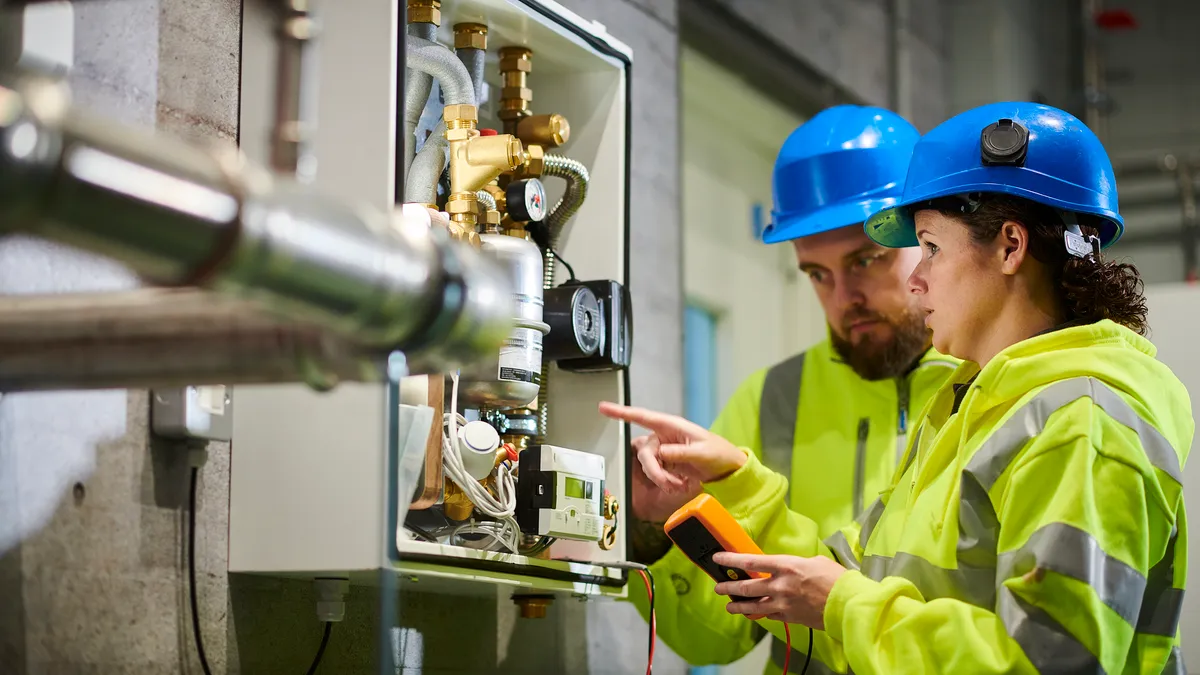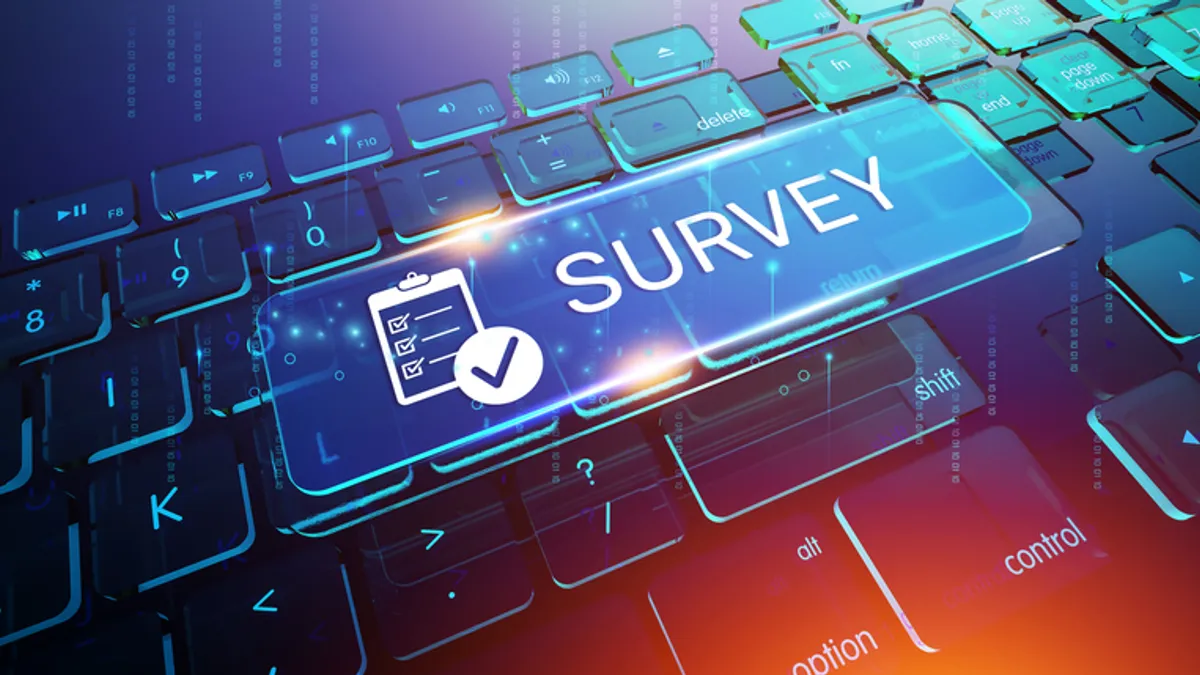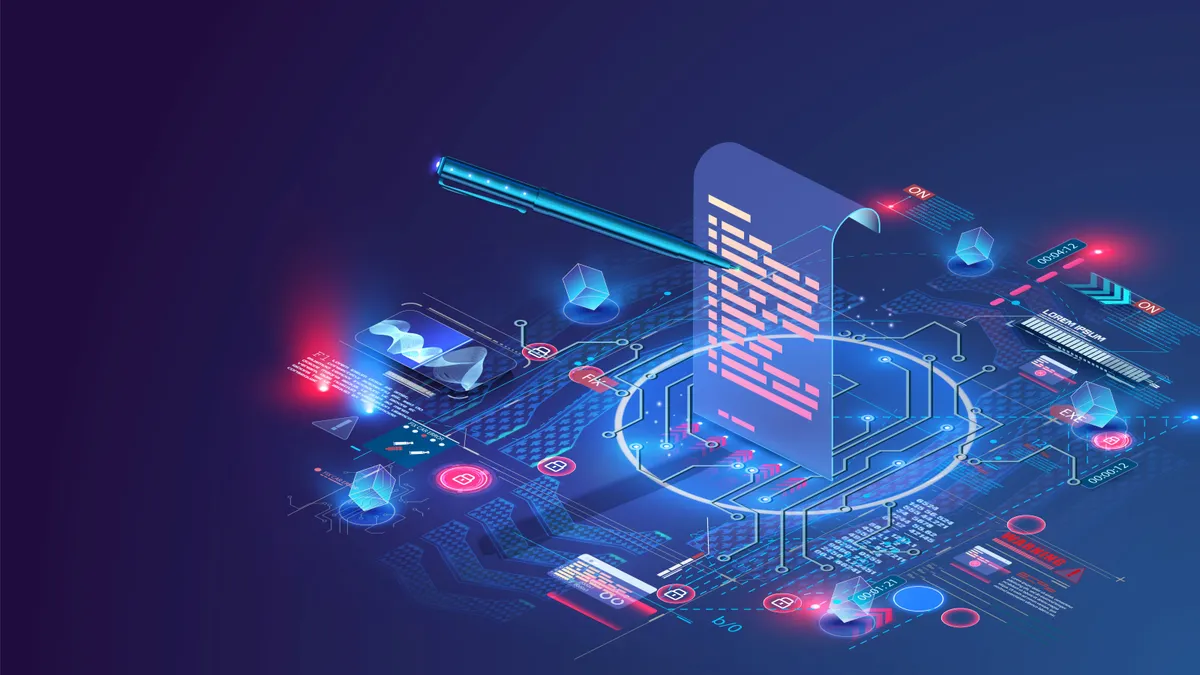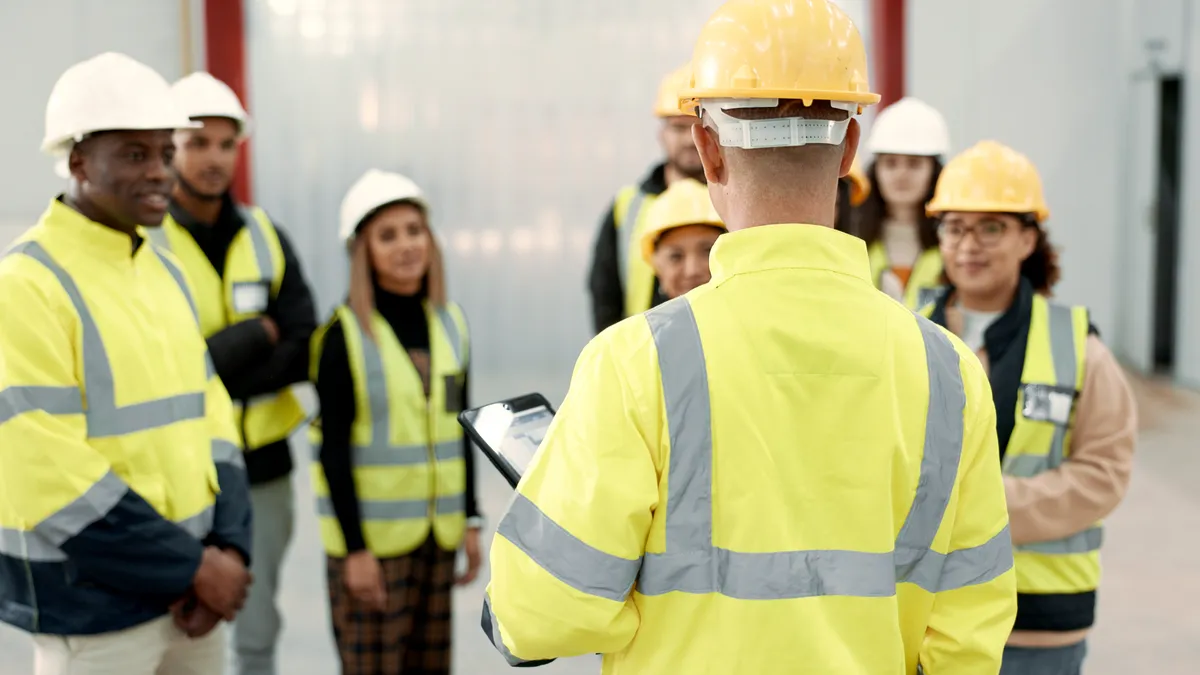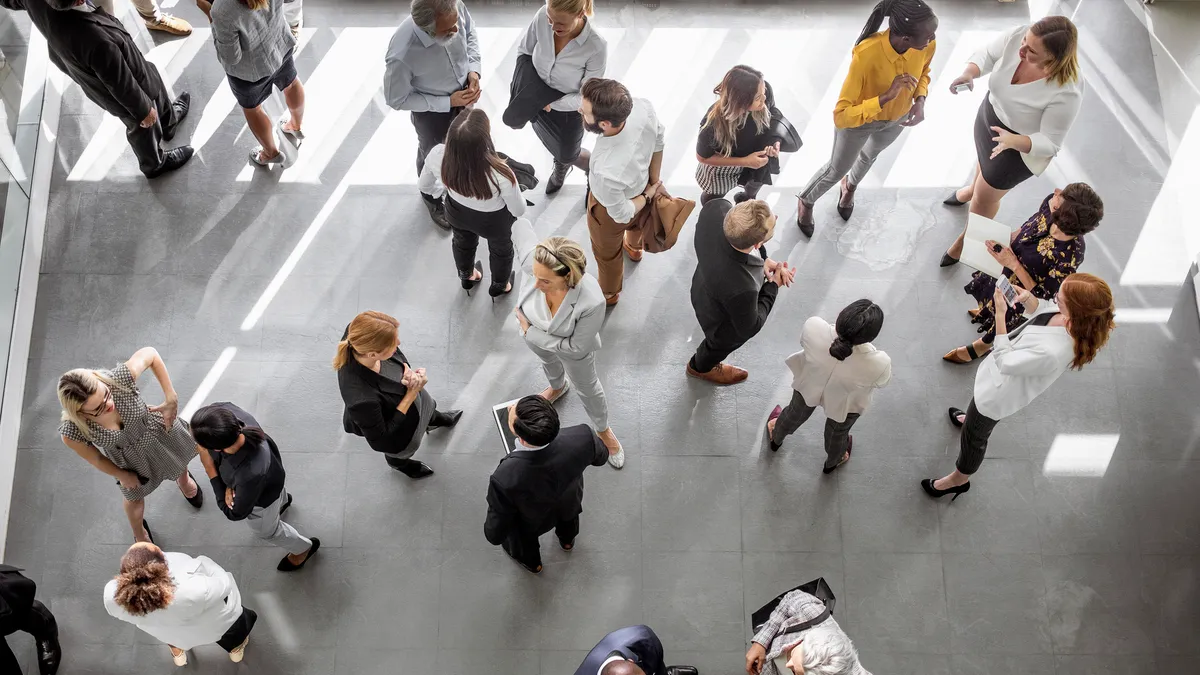For the first time in history, there are five very distinct generations in the workplace. Statistically speaking, people are living longer and healthier lives, which means they put off retirement for a few extra years. But this doesn’t mean that older generations have put their learning years behind them. In fact, it’s quite the opposite.
The gap between generations is not as wide as we think it is
A recent study conducted by the global learning and talent management company Skillsoft, suggests the perceived gap between multi-generational teams is actually a lot smaller than we previously believed. It’s easy to get caught up in the idea that younger millennials and Generation Z are better at learning, because they’ve grown up with information at their fingertips. However, while many companies focus on this area of the population, employees that are in older brackets are fully capable of adapting and learning using modern methods, too.
The Skillsoft study found that it’s the beliefs about certain generations of employees that are out of tune with how employees of all ages prefer to learn. For example, they found that it’s a common idea that millennials prefer video learning content delivery as opposed to reading, but in reality all generations view digital books as important to the learning experience. Millennials who participated in the study also indicated that they had a need for printed handouts and job aids to reinforce learning concepts.
Where do these misconceptions come from?
Kieran King VP, Global Enablement, Customer Insight & Field Marketing at Skillsoft, and the main researcher of the report explained to HR Dive what may be happening here.
"For years, the media has popularized stereotypes that millennials have dramatically different values, needs and preferences than other working generations. This has compelled many HR teams to address millennials almost as if they were a unique species," King says. "The real insight is that millennials are not driving changes in HR. Rather, it is the accelerated pace of work, our consumer experiences and the pervasiveness of technology affecting all generations that is driving the need for change."
Is there any scientific data that supports this notion?
The idea that millennials are so different than other generations in terms of their learning needs is not exactly backed by any real scientific data. It’s quite the opposite, King told HR Dive.
"Many of the negative millennial stereotypes are not rooted in solid research so they fail to hold up to scrutiny, leading to a number of misconceptions.” She also pointed out that findings from IBM, CNBC, George Washington University and Harvard Business Review reinforce the same insight -- current knowledge is based on misconceptions.
“Too much of the collective understanding regarding millennials is based on anecdotes and assumptions that are neither accurate, nor useful to HR," King added. "When you think about it, how could it be plausible that over 80 million people across global boundaries embody the same characteristics? That just doesn’t make sense."
What can human resources do to close this perceived generational divide in terms of professional development?
Once all myths are dispelled about multi-generational learning gaps, human resources can begin to create more results-driven professional development programs. In a previous post, HR Dive highlighted the 85% Rule an approach that’s been shown to work significantly well with all generations of employees.
Allshouse talked about ways that human resources can help facilitate learning at all generational levels and learning styles. It’s critical for HR to recognize each learner as an individual, not just an age group.
“Proper application truly demonstrates to the student that you appreciate them and that you value their ability to reason and self-discover," Allhouse said. “Moreover, the critical thinking that is built into the process grants students the confidence going forward to know that they can figure things out in the same way.”
King shares similar ideas as Allshouse, based on research at Skillsoft and their principle of “the modern learning formula” which honors learner-centric and personalized content, micro and modular learning resources, variable treatments and multiple modalities — learning that is application and retention driven, mobile and on-demand. She also advised that corporate learning needs to be embedded into every employee’s experience.
To recap, human resources can stop treating multi-generational employees as vastly different from each other. Instead, using a combined system of offering learning content in varied ways that honors every learner style, regardless of age and ability, can help bridge any perceived gaps in professional development.








